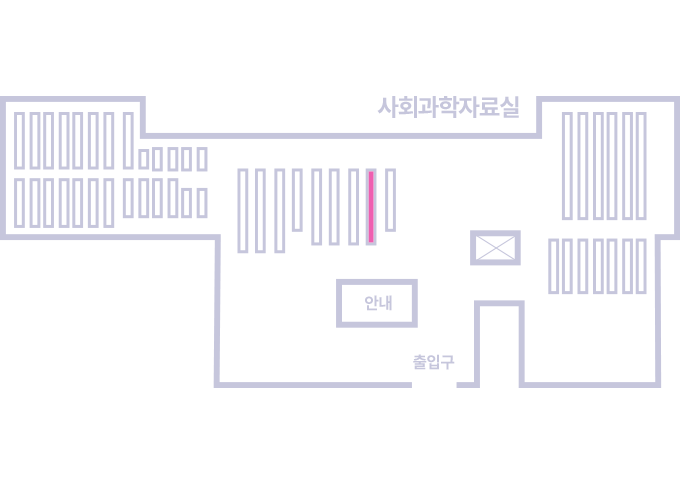권호기사보기
| 기사명 | 저자명 | 페이지 | 원문 | 기사목차 |
|---|
| 대표형(전거형, Authority) | 생물정보 | 이형(異形, Variant) | 소속 | 직위 | 직업 | 활동분야 | 주기 | 서지 | |
|---|---|---|---|---|---|---|---|---|---|
| 연구/단체명을 입력해주세요. | |||||||||
|
|
|
|
|
|
* 주제를 선택하시면 검색 상세로 이동합니다.
Title Page
Contents
1. INTRODUCTION 10
2. MATERIALS AND METHODS 13
2.1. Development of one-stage rotary 3D printer & 3D modelling & circulation equipment 13
2.1.1. Development of rotary 3D printer 13
2.1.2. 3D Modelling design 13
2.1.3. Circulation equipment composition and sterilization 14
2.2. Fabrication of bio-ink 14
2.2.1. Methacrylation of gelatin 14
2.2.2. Extraction of Silk Fibroin 15
2.2.3. Methacrylation of Silk Fibroin 15
2.2.4. Fabrication of photocurable bioink 16
2.3. Cell Culture & Spheroid formation 16
2.3.1. Cell Culture 16
2.3.2. MDA-MB-231 spheroid formation 17
2.4. Characterization of GelGMA, SGMA, G + S 18
2.4.1. GelGMA, SGMA, GelMA ¹H-NMR, FT-IR 18
2.4.2. GelGMA, SGMA, G + S mechanical properties & Rheology 19
2.4.3. GelGMA, SGMA, G + S swelling properties & degradation 20
2.5. Cell proliferation & Biocompatibility 20
2.5.1. CCK-8 assay in GelGMA, SGMA, G + S bio-ink 20
2.5.2. Live & Dead assay in GelGMA, SGMA, G + S bio-ink 21
2.6. Hydrogel printability test, circulation test 22
2.7. Vascularization depending on bioink 22
2.8. Confirmation of invasion through cell labeling 23
2.9. Immunofluorescence staining 24
2.10. Statistical analysis 24
3. RESULTS 25
3.1. Manufacturing process and 3D printing culture protocol of SGMA bioink and GelGMA bioink 25
3.2. Printing various circulating culture models 27
3.3. Spheronization of MDA-MB-231 29
3.4. Live & dead cells according to long printing time 31
3.5. Hydrogel printability test & circulation function test 33
3.6. Characterization of SGMA and GelGMA 35
3.7. Mechanical properties of SGMA and GelGMA 37
3.8. Rheological properties of hydrogels 39
3.9. Cell viability and cytotoxicity of hydrogel 41
3.10. Effect of hydrogel on HUVEC proliferation and differentiation 43
3.11. Vascularized formation of HUVEC cells in GelGMA, G + S and SGMA 3D hydrogels 45
3.12. Interaction and cell migration of MDA-MB-231 cancer cells and HUVEC cells in 3D hydrogel 47
3.13. Investigation of vascular wall formation through immunofluorescence staining and identification of MDA-MB-231 cells invaded within vascular channels. 49
3.14. Vascular formation between cancer spheroids and vasculature using immunofluorescence staining. 51
4. DISCUSSION 53
5. CONCULUSIONS 55
REFERENCE 57
Abstract 63
Figure 1. This schematic image shows the insertion of cells by mixing two bioinks, SGMA and GelGMA (G17.5, S2.5), the printing process using 3D rotational DLP, the... 26
Figure 2. Print a variety of models using a rotary 3D printer. (A) Model with one arm well. (B) 3 cancer wells. (C) Model with grooves between three cancer wells and blood... 28
Figure 3. Spheronization of MDA-MB-231 cells RPMI serum-free medium, (FBS, PS) medium, (FBS, PS, collagen type 1) medium., microscope image when the spheroid is... 30
Figure 4. Cell viability test due to long-term 3D printing (50 min) Live & Dead when 3D printing HDF (Human Dermal Fibroblast) cells and merged images. 32
Figure 5. Hydrogel printability and cyclic function testing. (A) XYZ axis resolution model. (A.b) Printing model capable of various circulations. (A.c) Image of red ink... 34
Figure 6. Characterization of SGMA, GelGMA by ¹H-NMR and FT-IR analysis. (A.a) ¹H-NMR binding point of silk fibroin and silk GMA. (A.b) ¹H-NMR binding point of... 36
Figure 7. Mechanical properties of hydrogel (a) Compressive modulus. (b) Tensile strength. (c, d) Swelling properties of distilled water and PBS (e) Degradation. Data are mean±SD 38
Figure 8. Rheological properties of GelGMA, SGMA, G + S. (A) Graph of storage modulus (G') versus loss modulus (G") versus angular frequency [rad/s] of GelGMA,... 40
Figure 9. Cell viability and cell proliferation tests of SGMA, GelGMA and G + S hydrogels. (A) Cell proliferation graph in SGMA, GelGMA, and G + S hydrogels. (B)... 42
Figure 10. Cell migration and wound healing assays of GelGMA, G + S, and SGMA hydrogels. (A) Media, GelGMA, G+S, SGMA Wound Healing Assay. (B) Transwell... 44
Figure 11. Vascularization formation of HUVEC cells in GelGMA, G + S, and SGMA 3D hydrogels was confirmed at 0, 3, 5, 7, and 10 days. HUVEC cells were labeled CD31... 46
Figure 12. MDA-MB-231 cancer cells and HUVEC cell interaction and cell migration in 3D hydrogel HUVEC (PKH26: red), MDA-MB-231 (PKH67: green). (A) 3D... 48
Figure 13. Vascular junctions in channels in a 3D hydrogel circulating culture model. (A) 3D hydrogel circulating culture model. (B) CD31, PD-L1 vascular junction and... 50
Figure 14. (A) 3D hydrogel circulating culture model. (B) Immunofluorescence staining of the area around the cancer spheroid with CD31 (green), DAPI (blue), and PD-L1 (red). (C)... 52
*표시는 필수 입력사항입니다.
| 전화번호 |
|---|
| 기사명 | 저자명 | 페이지 | 원문 | 기사목차 |
|---|
| 번호 | 발행일자 | 권호명 | 제본정보 | 자료실 | 원문 | 신청 페이지 |
|---|
도서위치안내: / 서가번호:

우편복사 목록담기를 완료하였습니다.
*표시는 필수 입력사항입니다.
저장 되었습니다.